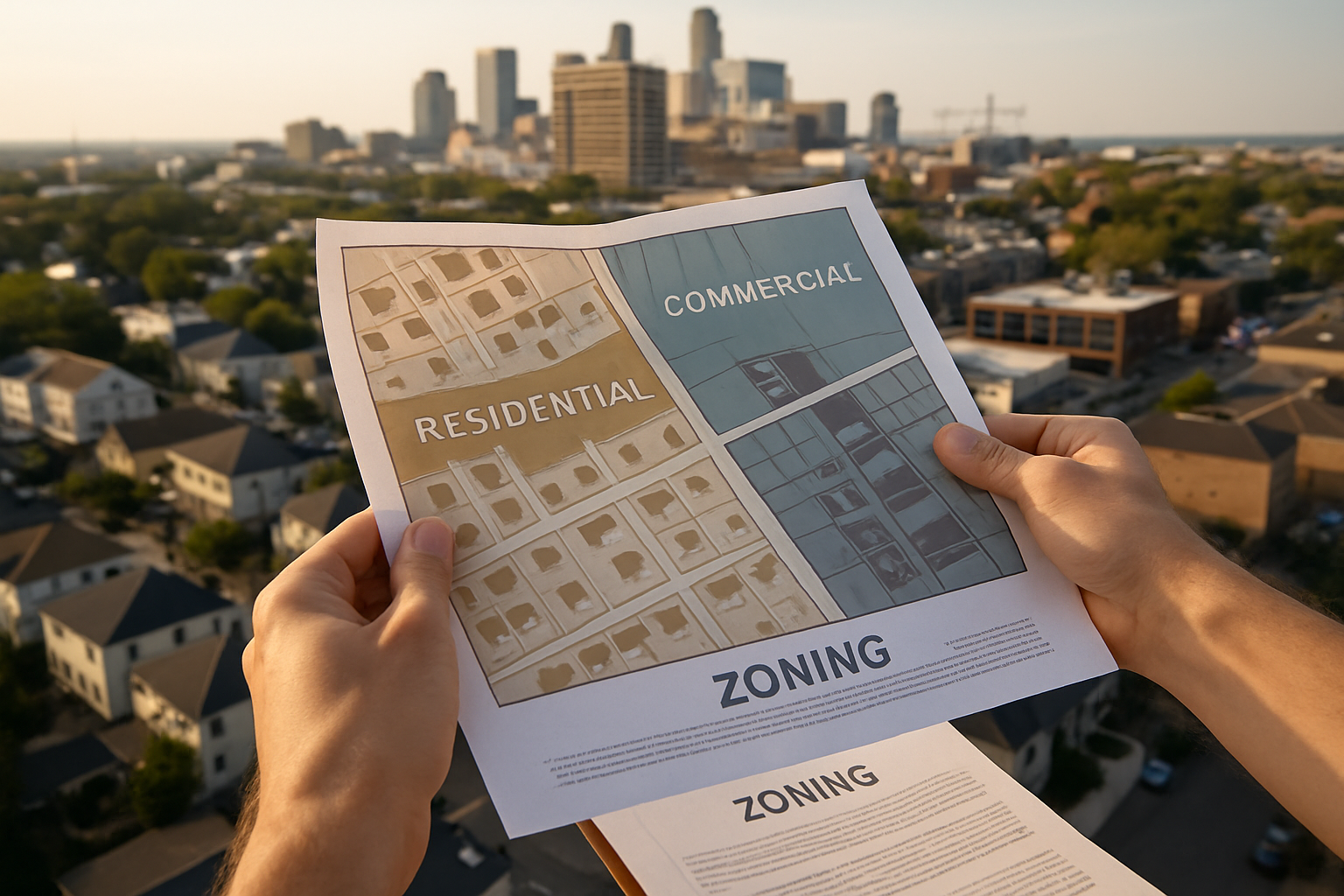Sustainable Design Trends Shaping Urban Housing
Sustainable design is reshaping how cities accommodate growth, influencing choices from materials and energy systems to layout and density. As urbanization accelerates, developers, planners, brokers, and investors are weighing environmental impact alongside market value. This article highlights practical design trends, financial considerations such as mortgage and appraisal impacts, and how sustainability is informing renovation and development strategies worldwide.

Urban housing is undergoing visible change as sustainability moves from niche practice to market expectation. Designers and developers are incorporating energy efficiency, passive design, adaptive reuse, and green infrastructure to address climate risks, reduce operational costs, and respond to tenant and buyer preferences. These shifts affect residential and commercial projects, influence appraisals and valuation, and reshape renovation and flipping strategies while interacting with zoning and development policies.
What design features support sustainability?
Sustainable design in urban housing emphasizes compact footprints, mixed-use configurations, daylighting, improved insulation, and low-carbon materials. Designers prioritize modular approaches that simplify renovation and support flipping or adaptive reuse. Green roofs, permeable paving, and integrated landscaping reduce runoff and urban heat, while designed corridors and common spaces support community rental and residential models that favor long-term occupancy over short-term listings.
How do energy and materials influence appraisal and valuation?
Energy performance and material specifications are increasingly reflected in appraisals and valuation models. Properties with efficient HVAC systems, airtight envelopes, and on-site renewables can present lower operating costs and better resale prospects, which can affect mortgage underwriting and perceived equity. Appraisals are beginning to account for durability, lifecycle costs, and certification levels, though local market adoption varies and lenders may weigh these factors differently when closing loans.
What role do zoning and development policies play?
Zoning and development rules shape how sustainability is implemented at scale. Policies that allow greater density, mixed-use development, or accessory dwelling units support urbanization that reduces vehicle dependence. Incentives for green building, expedited permitting for energy-efficient projects, and requirements for stormwater management can lower long-term costs for developers. Brokers and planners must monitor local policy changes since zoning shifts can materially affect listings and broader market trends.
How does sustainability affect investment, rental, and market trends?
Investors and equity providers increasingly consider environmental performance when evaluating projects. Buildings with lower operating costs and stronger resilience may retain rental income and attract tenants, influencing rental yields and long-term investment returns. Renovation and flipping projects that improve sustainability credentials can enhance appeal in competitive residential and commercial markets, but capital allocation should consider appraisal implications and mortgage financing availability.
| Product/Service | Provider | Cost Estimation |
|---|---|---|
| Mortgage origination and refinance | Rocket Mortgage (US) / major banks | Typical origination fees 0.5–1.5% of loan; interest rates vary by market and credit profile |
| Property listings and agent services | Zillow / Realtor.com / local brokers | Online listing exposure often free; agent commissions commonly 4–6% of sale price |
| Appraisal services | CoreLogic / local certified appraisers | Common appraisal fees $300–$700 depending on property complexity |
| Solar panel installation | Sunrun / Tesla Energy / local installers | $12,000–$30,000 before incentives for average single-family installations; commercial systems vary widely |
| Major renovation and retrofit | Angi (formerly HomeAdvisor) / local contractors | Typical costs $50–$250 per sqft depending on scope, labor, and materials |
Prices, rates, or cost estimates mentioned in this article are based on the latest available information but may change over time. Independent research is advised before making financial decisions.
The table above provides representative providers and cost ranges that illustrate how sustainable upgrades and transactional services influence project budgets and closing costs. Local markets and project specifics (scale, permitting, incentives) will drive variation, and some green measures—like insulation or LED upgrades—can deliver quick payback, while larger investments such as solar or façade retrofits require longer planning horizons.
Conclusion Sustainable design trends are reshaping urban housing by aligning environmental performance with occupant health, resilience, and long-term value. From material choices and energy systems to zoning and market dynamics, sustainability affects renovation, appraisal, mortgage considerations, and investment appetite. Stakeholders—developers, brokers, appraisers, and investors—should evaluate design strategies within local policy and market contexts to balance upfront costs and lifecycle benefits.





